Video effects: filming or 3D modeling?
Throughout these years we have visualized very different projects. They were both for their program and for the environment in which they were located.
Normally, when the surroundings are relevant, we usually model them in 3D.
This decision brings two consequences, good and bad:
The good news is that we have complete freedom of camera movement and framing.
The bad one is that it requires an enormous effort to acquire convincing results using video effects techniques.
If it is accepted by the client that the surrounding were modeled with simplicity (it helps focus attention on the protagonist project), ok.
But if not, normally, this modeling phase is worked more than necessary. Sometimes the effort is worth it.
A recognizable surrounding
In the project that I present today, visualization of the surroundings was crucial for two reasons:
Where the project is implemented and what is it seen from it.
Where is it?

It will be part of an irregular “skyline” of one of the brooks of the Ebro passing through Saragossa.
Very near the Puente de Piedra. This fact should be evidenced.
What do you see?
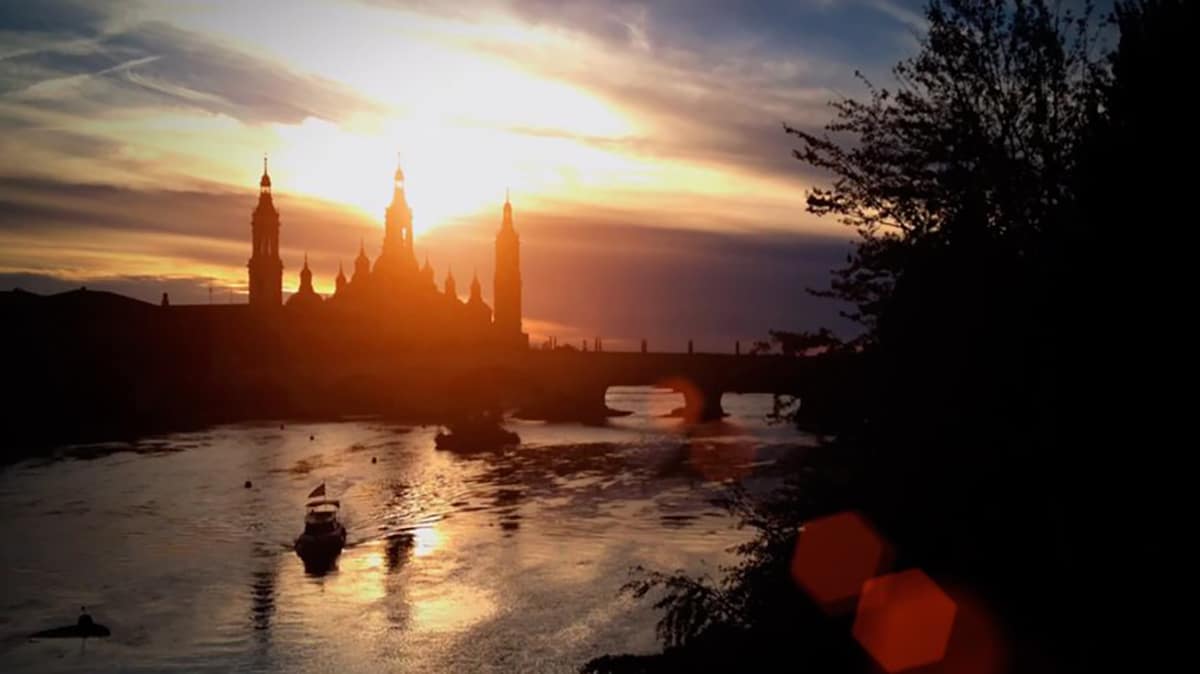
Is that all?
The most universal skyline Zaragoza: the unmistakable Basilica del Pilar.
How do you model the surrounding?
When surrounding is so recognized by the target public, a question arises:
If it is so easy to recognize, why making the effort to visualize it in a realistic way? and then, we could use some video effects to get it?
This decision can be successful if, for example, we face an architectural competition.
What is important is the project and not so much its surrounding.
In this case, you could not ignore the degree of seduction that could result in the potential buyer the visualization of the strict reality. We only modeled in 3D the building, so we could “shoot the nonexistent” and mix it with the existing.
Now I’ll tell you how we did these video effects.
3D with real film, our challenge
One of the constants in our career has been the conviction to improve every day.
Every day you realize that there are people who do it better than you. In every project, regardless of whether the customer requires it or not, we set ALWAYS the bar a little higher. For sure, we are always aware of the delivery schedule.

We outline the work as it should always be: from the end.
Although, initially, the assignment was performing a 3-minute video, the client needed an advance of 1 minute. We were quite upset with our timeline of work, but we took it on.
We think the story we wanted to tell and their scenarios: the surrounding, the interior of the solar, the interior of the houses, etc.
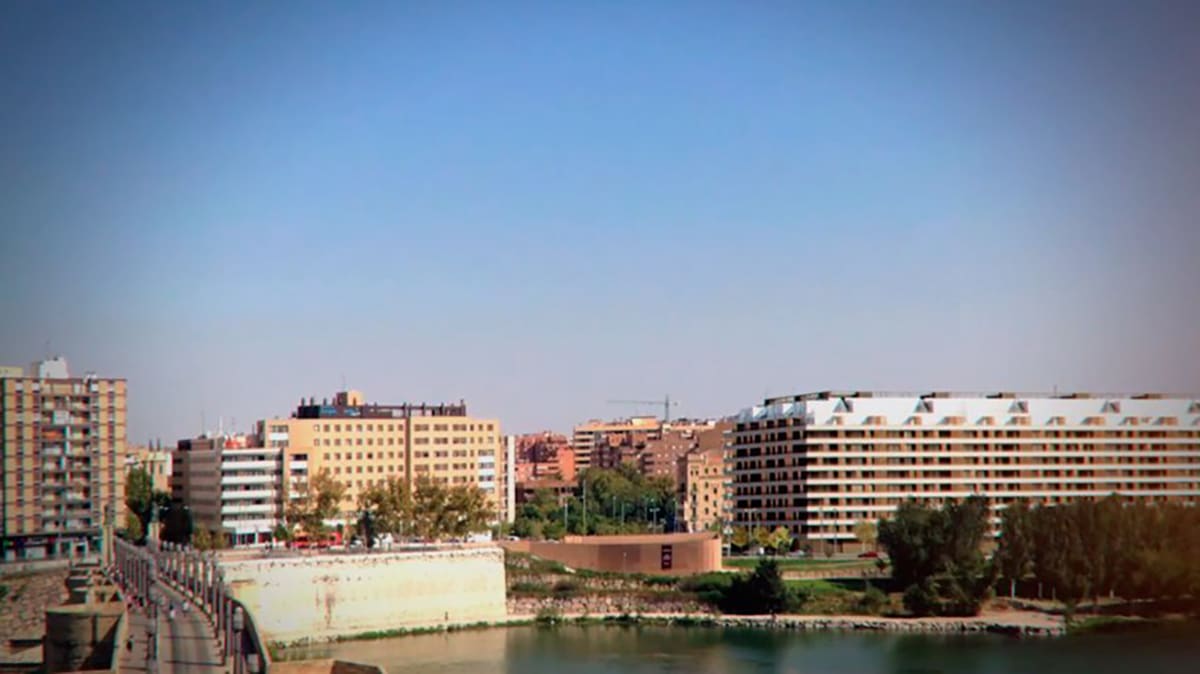
For several days, we filmed from multiple points of view and at different times of the day.
Once we decided the final frames, we started working.
Coordinating views, lighting scene consistent with the actual filming, masks and masks. I mean: a lot of video effects.
Video effects for the composition
Some time ago, we have overcome the fear of “camera tracking”. We did a video based on a recording made by helicopter.
Unfortunately, in this project, we could not count on this means.
Despite this limitation, two things have to happen in the video effects production:
- The building had to appear integrated into a real filming and,
- We had to create the illusion that what we saw from the building was also real.
As we’ll explain later, the surrounding was quite the focus.
We decided to model in 3d the bare minimum. The great weight of the work was going to come in the part of video effects post-production.
We took a step further, but it was measured. We made video montage, but “apparently” we did not move the camera.
We worked on still shots.
Masks and more masks
Although we would work on still shots, these, had to come to live.
In this shot, although slightly, the cars passed in front of our nonexistent building. We had to create very laborious masks. In addition, there were already sidewalk trees. To avoid their difficult mask, we recreated the trees in 3d.
Nowadays, I’m sure I’d choose some of our real video footages of trees to do it for sure (read the advantages)
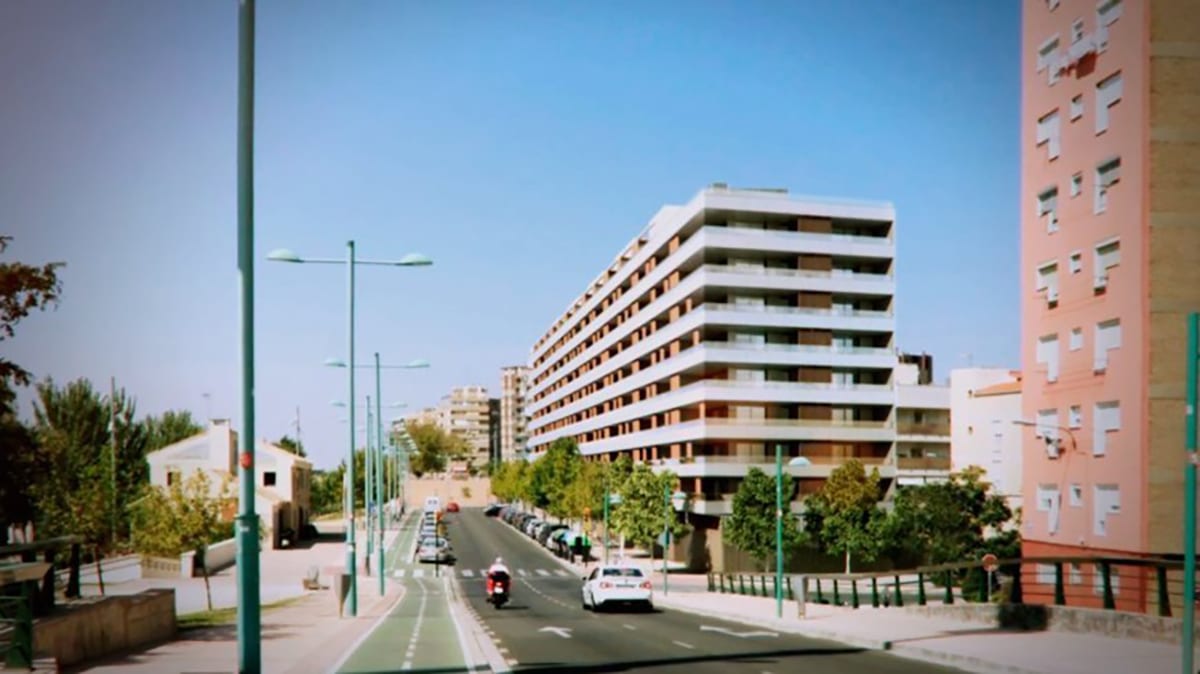
The problem of wind and trees
In this case, although the trees were moved by the wind, we created a mask from one of the frames. We kept “masked” the trees of the background and returned to work the cars passing in front of the building.
Here, we also made the mask of the front poplars but we allowed the action of cars, river water and bushes in the foreground, to continue in motion.
Time lapses
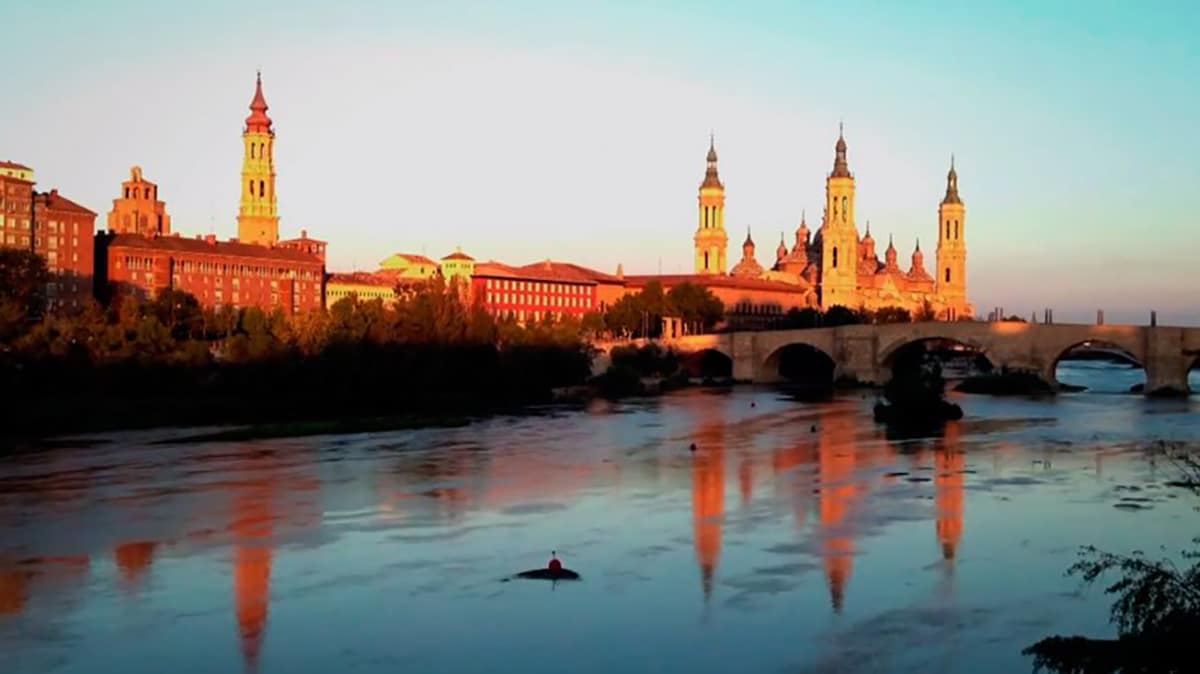
The video starts with a “time lapse” of a sunrise with the Ebro and Pilar as protagonists.
To finish the video, we also use this resource. This time, with the insertion of the building in the background.
Apart from creating the necessary masks, we had to simulate the progression of the lighted building. Post production did the rest for the result to be credible.
Deceive vs confuse > casting doubts
Strictly we do no barl. In any case, we try to confuse. Obviously not with bad intentions. Quite the opposite. We seek the credibility of what does not exist.
Strictly we do no barl. In any case, we try to confuse. Obviously not with bad intentions. Quite the opposite. We seek the credibility of what does not exist.
One of the most effective methods is the sequence of real and fictional footage. Viewer casts doubts on that succession in time. He receives and processes the images.
Cinema and its special effects do not help us much in our work. They are so perfect that the client wants the same degree of verisimilitude. It is very difficult to get both because of means such as budget, do not forget it.
Throughout this video, this intermittent succession of real and unreal is constant.
Sometimes the 3d has a real photo as background, others there is only 3d in the scene,
A real filming tree is also combined with a 3d.
or simply what appears on screen is all real.
If you have time and you feel like it, you can check what I just explained to you watching the video again but with different eyes.
We have already begun expanding this production.
Sure we are going to complicate our lives setting the bar higher. I will keep you informed.
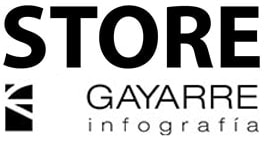

Leave A Comment